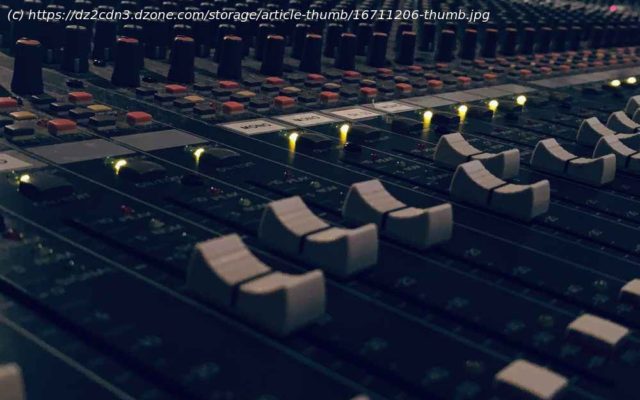OpenTelemetry is a modern observability framework that helps organizations to gain insight into their applications and services. It provides a comprehensive set of tools for collecting and analyzing performance and application metrics in real time.
Join the DZone community and get the full member experience.
In earlier days, it was easy to deduct and debug a problem in monolithic applications because there was only one service running in the back end and front end. Now, we are moving toward microservices architecture, where applications are divided into multiple independently deployable services. These services have their own goal and logic to serve. In this kind of application architecture, it becomes difficult to observe how one service depends on or affects other services.
To make the system observable, some logs, metrics, or traces must be emitted from the code, and this data must be sent to an observability back end. This is where OpenTelemetry and Jaeger come into the picture.
In this article, we will see how to monitor application trace data (Traces and Spans) with the help of OpenTelemetry and Jaeger. A trace is used to observe the requests as they propagate through the services in a distributed system. Spans are a basic unit of the trace; they represent a single event within the trace, and a trace can have one or multiple spans. A span consists of log messages, time-related data, and other attributes to provide information about the operation it tracks.
We will use the distributed tracing method to observe requests moving across microservices, generating data about the request and making it available for analysis. The produced data will have a record of the flow of requests in our microservices, and it will help us understand our application’s performance.
Telemetry is the collection and transmission of data using agents and protocols from the source in observability. The telemetry data includes logs, metrics, and traces, which help us understand what is happening in our application.
OpenTelemetry (also known as OTel) is an open source framework comprising a collection of tools, APIs, and SDKs. OpenTelemetry makes generating, instrumenting, collecting, and exporting telemetry data easy. The data collected from OpenTelemetry is vendor-agnostic and can be exported in many formats. OpenTelemetry is formed after merging two projects OpenCensus and OpenTracing.
The process of adding observability code to your application is known as instrumentation. Instrumentation helps make our application observable, meaning the code must produce some metrics, traces, and logs. OpenTelemetry provides two ways to instrument our code:
The user needs to add an OpenTelemetry code to the application. The manual instrumentation provides more options for customization in spans and traces. Languages supported for manual instrumentations are C++, .NET, Go, Java, Python, and so on.
This is the easiest way of instrumentation as it requires no code changes and no need to recompile the application. It uses an intelligent agent that gets attached to an application, reads its activity, and extracts the traces. Automatic instrumentation supports Java, NodeJS, Python, and so on.
Both manual and automatic instrumentation have advantages and disadvantages that you might consider while writing your code. A few of them are listed below:
To make the instrumentation process hassle-free, use automatic instrumentation, as it does not require any modification in the code and reduces the possibility of errors. Automatic instrumentation is done by an agent which reads your application’s telemetry data, so no manual changes are required.
For the scope of this post, we will see how you can use automatic instrumentation in a Kubernetes-based microservices environment.
Jaeger is a distributed tracing tool initially built by Uber and released as open-source in 2015. Jaeger is also a Cloud Native Computing Foundation graduate project and was influenced by Dapper and OpenZipkin. It is used for monitoring and troubleshooting microservices-based distributed systems.
The Jaeger components which we have used for this blog are:
Jaeger Collector: The Jaeger distributed tracing system includes the Jaeger collector. It is in charge of gathering and keeping the information. After receiving spans, the collector adds them to a processing queue. Collectors need a persistent storage backend, hence Jaeger also provides a pluggable span storage mechanism.
Jaeger Query: This is a service used to get traces out of storage. The web-based user interface for the Jaeger distributed tracing system is called Jaeger Query. It provides various features and tools to help you understand the performance and behavior of your distributed application and enables you to search, filter, and visualise the data gathered by Jaeger.
Jaeger UI/Console: Jaeger UI lets you view and analyze traces generated by your application.
Storage Back End: This is used to store the traces generated by an application for the long term. In this article, we are going to use Elasticsearch to store the traces.
OpenTelemetry and Jaeger are the tools that help us in setting the observability in microservices-based distributed systems, but they are intended to address different issues.
OpenTelemetry provides an instrumentation layer for the application, which helps us generate, collect and export the telemetry data for analysis.






